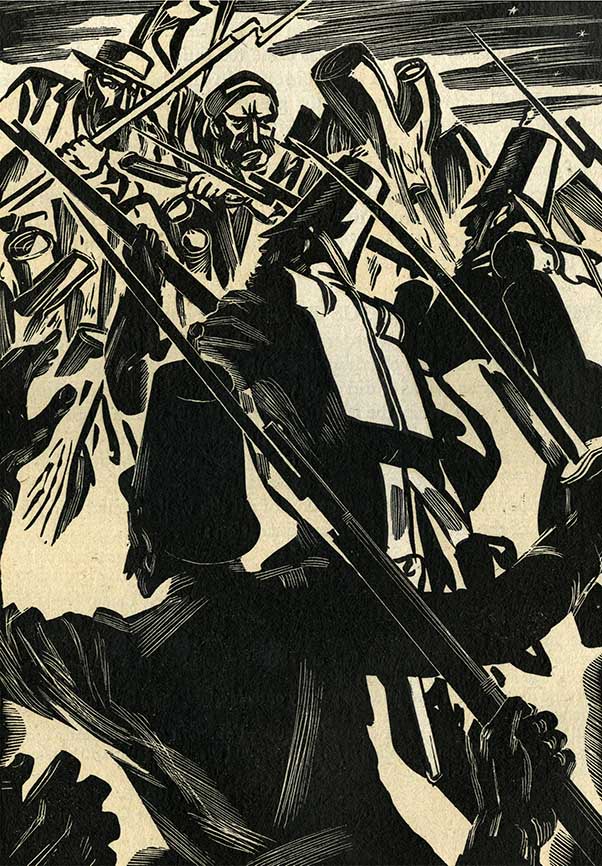Martin Cusack
Contents
Background
Goldfields Involvement, 1854
Martin Cusack was a member of the 40th Regiment.
Post 1854 Experiences
Obituary
- EUREKA STOCKADE VETERAN DIES. SOLDIERS' SYMPATHY WITH MINERS.
- Martin Cusack, who was the last of the 40th Regiment that was engaged in 1854 in the fight with this early diggers of the Eureka Stockade, died in the Ballarat Benevolent Asylum last week. In the attack on the stockade in the early morning the 40th Regiment was assisted by two companies of the 12th Regiment, which was on service in Australia, while both bodies received the support of a number of naval men lying in Hobson's Bay, Cusack, who was 85 years of age, was of opinion that the revolt was a great mistake, and was not justified. Cusack, in conversation with a representative of the "Age" some days ago, said:... "We of the 40th Regiment marched against our will. The Ballarat diggers, we knew, were our own kith and kin, and we felt it would be a poor hour of day if we were ordered to fire at them. Many of us prayed during our march through the bush that the men of the Eureka would see that there could possibly be no hope for them in a battle with well-trained Imperial soldiers, such as the 12th and 40th Regiments. Their brush with us was a forlorn hope, and we all wished to avoid meeting them. We quietly agreed among ourselves that if we had to shoot we would fire high as I have said, were our own kith and in order to frighten the diggers who, kin from England, Ireland, Scotland, and America. Just as we were marching on Ballarat, however, a thing occurred that greatly exasperated the soldiers. We were marching in fous near the Red Hill, when a digger (a colored man) stepped out of his tent, and picking up a quartz boulder he threw it at our flank, killing our little drummer boy. When the poor little fellow collapsed and rolled over his drum, we all swore we would revenge his death by showing no quarter in fair battle. The veteran, who enlisted in the 40th Regiment in Ireland in 1850, had been confined to his bed in the Benevolent Asylum for seventeen years.[1]
- Martin Cusack, who fought with the regulars at Eureka, died at Ballarat the other day an inmate of the local Benevolent Asylum—too common an end for a British soldier to invite comment. A few days before his death he gave the papers an interview, in which he described how the soldiers were exasperated against the diggers by the action of a negro who killed their drummer with a stone as they were marching into Ballarat. They resolved to avenge themselves by showing no quarter, he says. This may explain a little of the savagery which, old diggers insist, took place within the Stockade after the rioters were routed. The soldiers, roused to fury by this one act—an act for which the white men of the field could not beheld responsible for one moment—forgot the long and. persistent tyranny that had exasperated the men they were marching against. These few words of Cusack's throw a little light on the history of Eureka. It is the first time I have met with a confession that the soldiers had actually agreed upon a no-quarter policy.[2]
See also
Further Reading
Corfield, J.,Wickham, D., & Gervasoni, C. The Eureka Encyclopaedia, Ballarat Heritage Services, 2004.
References
External links
File:File name.jpg
Caption, Reference.

